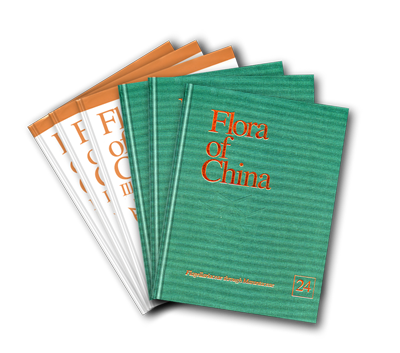植物智 >> 植物志

The word "flora" refers to the plants occurring within a given region as well as to the publication of scientific descriptions of those plants. In order to distinguish between the two, the word is often capitalized when a publication is meant. A Flora may contain anything from a simple list of the plants occurring in an area to a very detailed account of those plants. Floras are different from popular manuals in that they attempt to cover all of the plants, rather than only the most common or conspicuous ones.
A Flora almost always contains scientific names, and it may also include common names, literature references, descriptions, habitats, geographical distribution, illustrations, flowering times, and notes. Less often, Floras include such specialized information as data on plant chemistry, reproduction, chromosome numbers, and population occurrences. Sometimes the plants are listed alphabetically, and sometimes they are represented within a classification system that indicates which plants are most similar or are thought to be related. Floras often also include devices called "keys" that enable the user to identify an unknown plant.
Botanists have been writing Floras since the early 1600s. Physicians used Floras for information on medicinal plants while horticulturists used Floras to identify plants that might be brought into cultivation. Floras have documented plants collected in exotic places as well as plants growing in a botanist‘s own area. The form of Floras--lists of plants with associated information about them--has changed very little over the centuries, but in the last two decades the use of computers to store and organize such information has increased dramatically.
Early Floras usually were written by individuals, based on observations of the plant samples and literature available to them, both of which were quite limited. More recently, Floras of large scope have been written by collaboration of many authors who collectively have examined thousands of plant samples and evaluated and incorporated information from dozens, or even hundreds, of publications.
Interest in tropical areas and concern about the environment have stimulated increased efforts to inventory and document the plants of the world. The growing realization that we must both conserve our rapidly dwindling resources and use them more wisely provides an added urgency to these efforts. Thus, the amount of time and money needed for floristic work is increasing, as are the diversity and importance of ways in which floristic information is being used and the number of people who have a direct interest in floristic data.